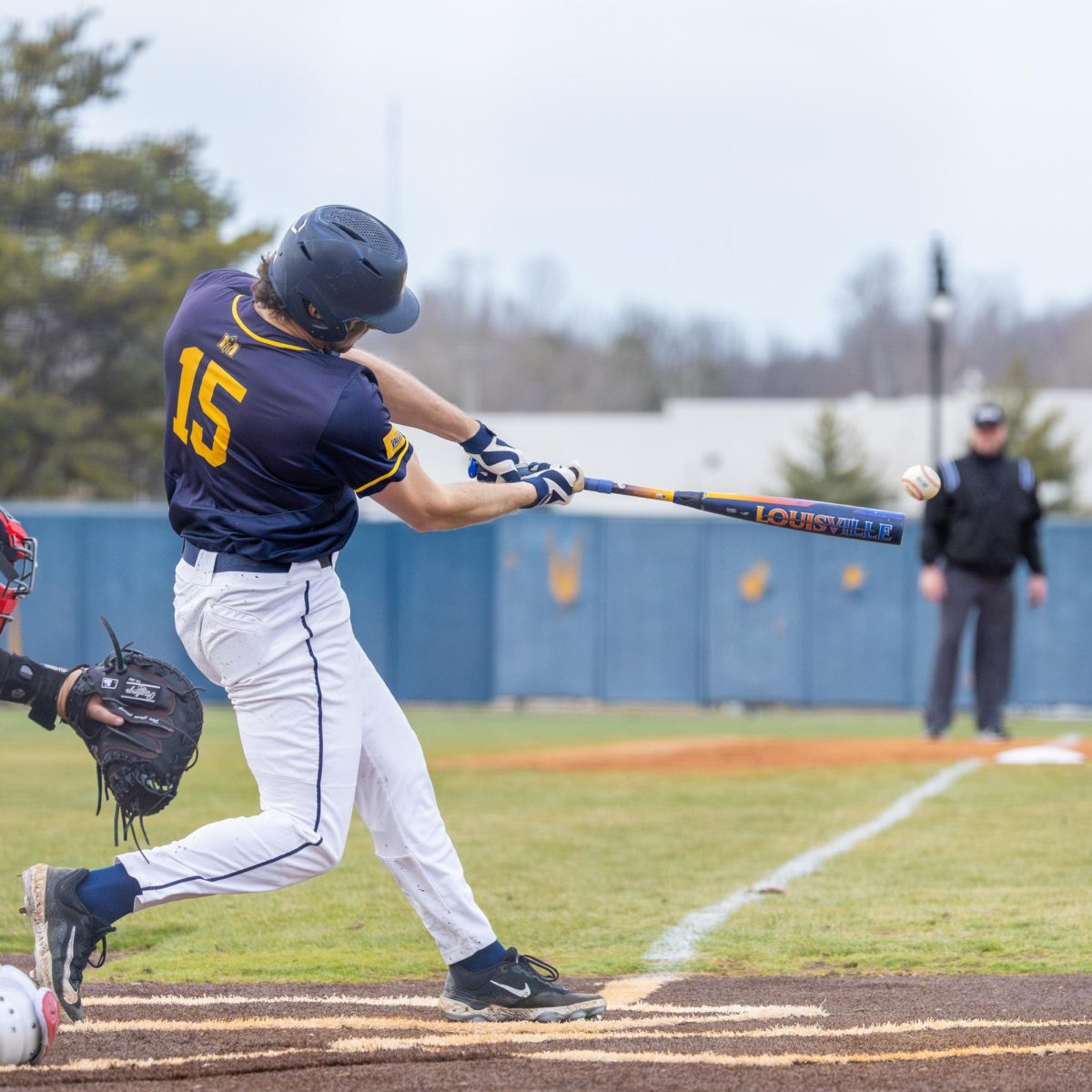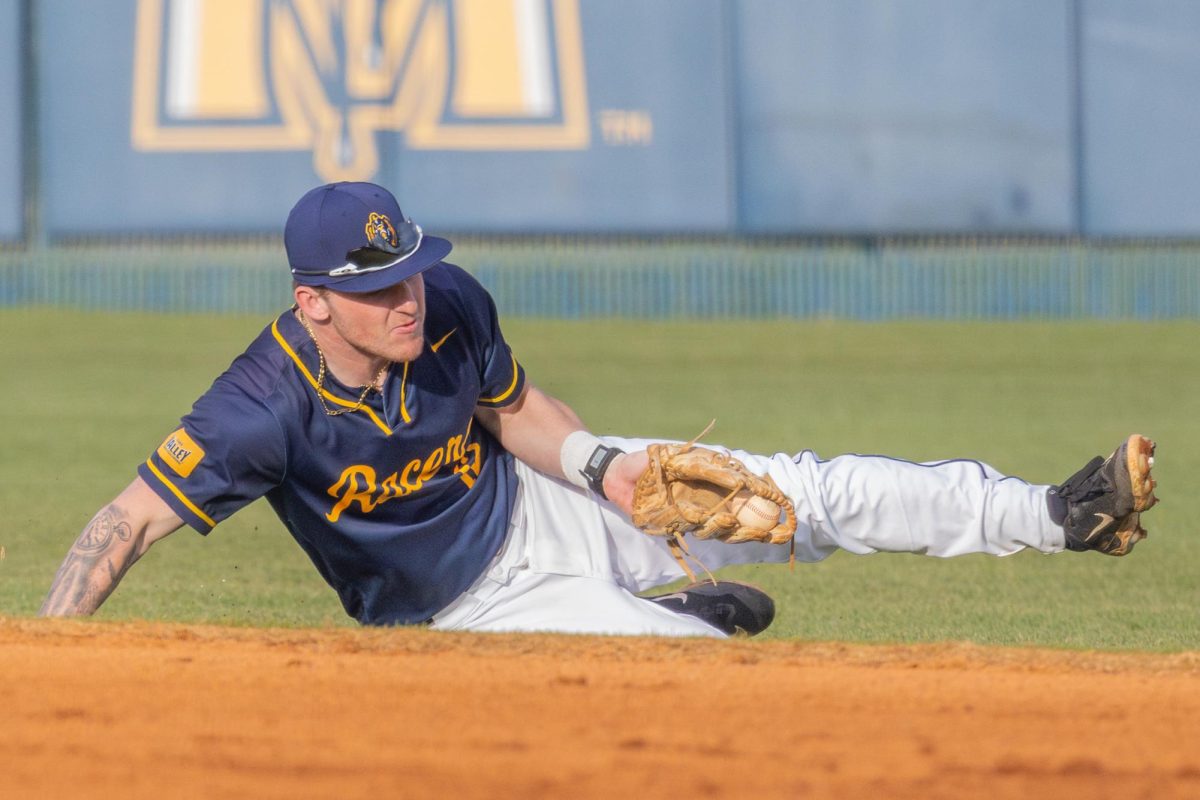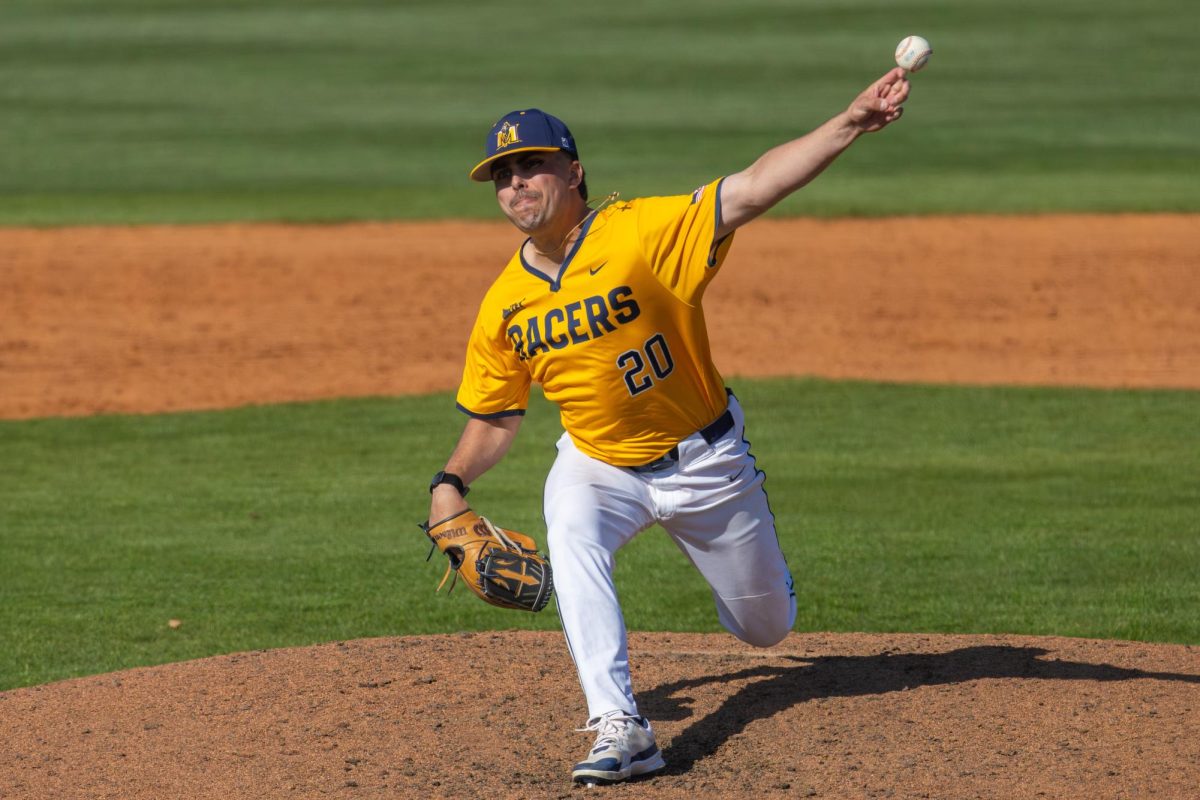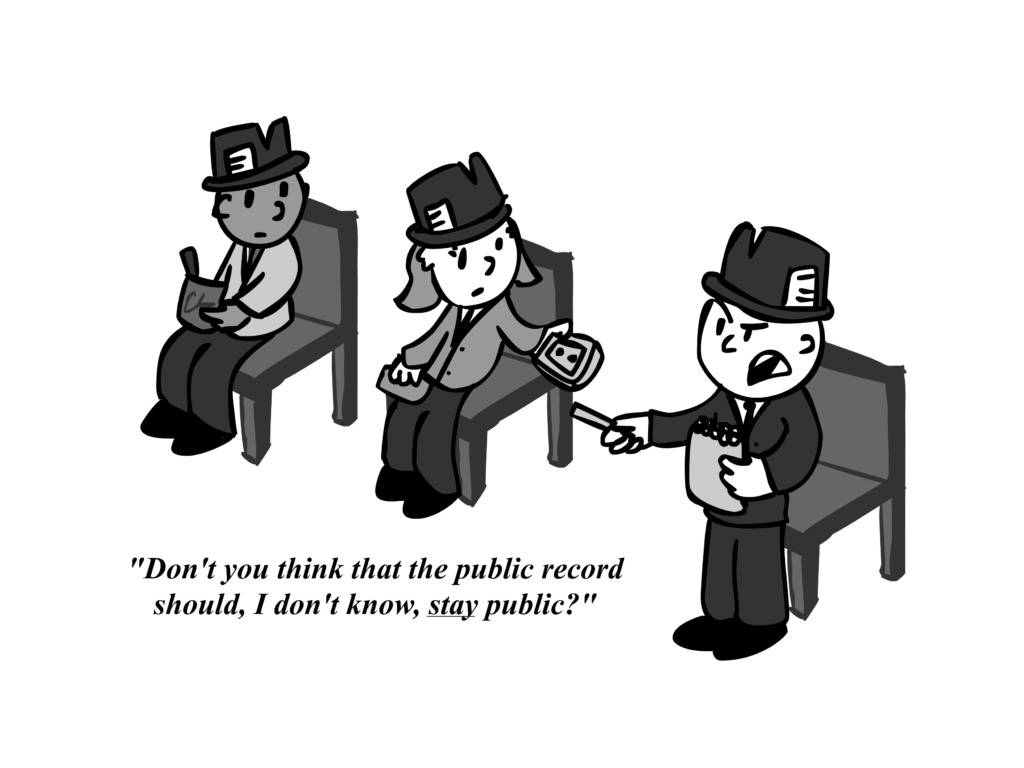Column by Taylor Grace Suiter, Senior from Brentwood, Tennessee
“So, are there any questions?”
Silence.
It happens in nearly every class, ever. The professor gives a lecture or brings up the assigned readings, only to be met with a level of silence that’s only made more painful when you realize it’s coming from 25 others.
Now, one might think that as a person matriculates through their University Studies credits and into the higher level classes of a major, that classroom conversation would start flowing more naturally.
Surely, once people take classes together for three or more years, all studying different facets of the same subject, they become willing to speak up when professors ask questions. In my experience, this isn’t the case.
Higher education is not high school. No longer are there learning targets and standards by which students must be measured.
Content regurgitation is not the goal anymore – critical thinking is. While students may not have been encouraged to speak up, inquire of, or God forbid, challenge their high school teachers, those are the exact mental maneuvers that must be practiced by college students to fulfill the objective of the greater college curriculum, which is to craft better minds.
Somewhere between what’s happening and what ought to be, there’s a gap filled by policy and standard-making, performance-based assessments and rewards. My solution, though by no means comprehensive, asks what would happen if we introduced a new teaching dynamic to upper level and capstone classrooms.
I’m proposing panel professing, or the teaching of classes by pairs or teams of professors.
While the burden of class participation certainly doesn’t fall primarily on professors, they could play a key part in improving the current state of affairs in classrooms.
As classroom communication structure stands, a professor stands at the front of the room, divvying out course content while drawing on years’ worth of education and experience.
It’s a generally one-sided form of communication, where the only formalized feedback comes by way of a course assessment sheet passed out to the students at the end of the class, when it’s too late for changes to be made.
By introducing multiple instructors to a classroom, the communication dynamic shifts. The formality of one-way content delivery is dissolved and made informal as students see interactive conversation between professors. Space is created for dialogue, spontaneous conversation and engaged learning.
Professors, at least I hope, won’t have to pull teeth for answers or questions when they have a teammate to bounce ideas off of.
Take it beyond professors who work in the same department and think about how cool a class that’s co-taught by a history professor and a civil engineering professor could be.
How interesting would it be to learn about ancient bridge building and talk about the labor practices and government policies that allowed for the bridges to be built in medieval times from experts on both topics?
The combinations of expertise areas are essentially endless and would be endlessly interesting at that.
In a time when our university is under intensified pressure to provide a unique and superior learning experience to students, we can only benefit by thinking critically ourselves to imagine new modes of delivery. Two heads are better than one, after all.
































































































